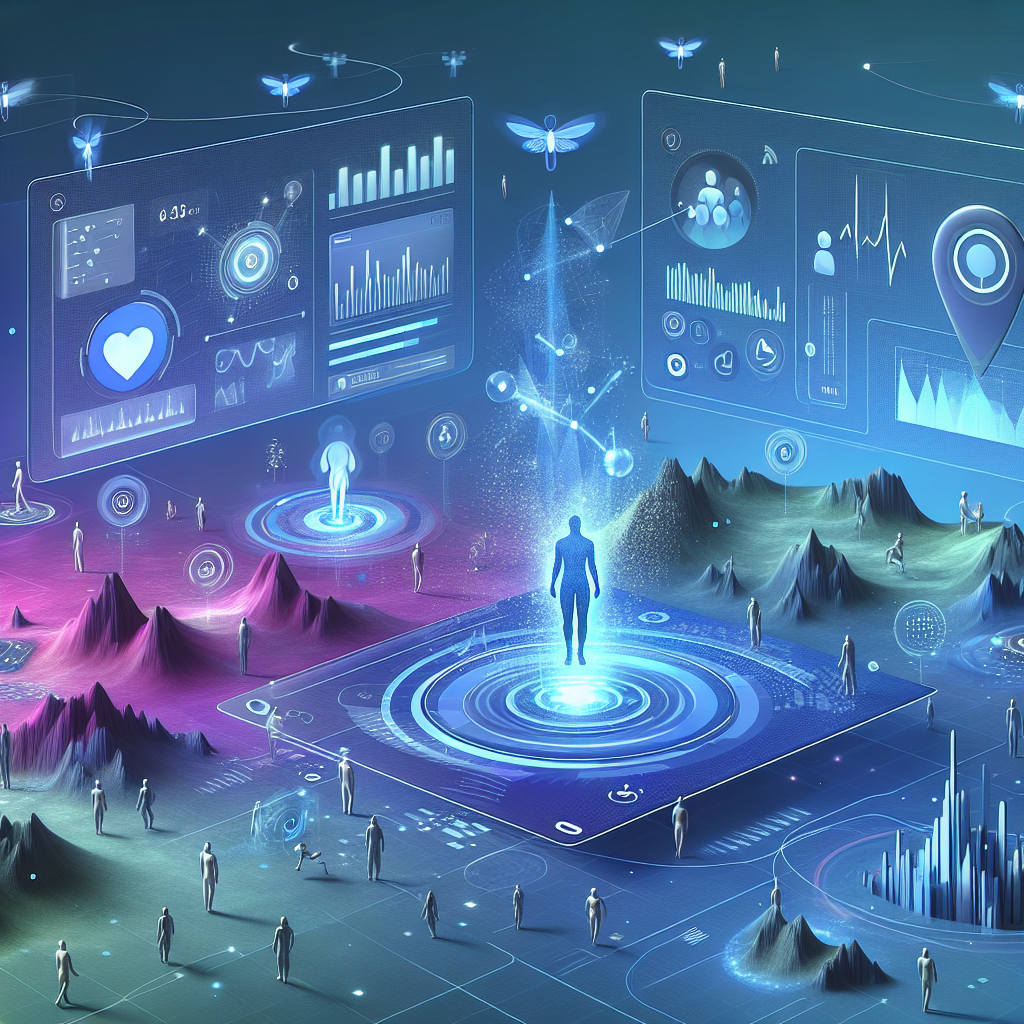In today’s fast-paced and technology-driven world, help desk support is more important than ever. As businesses continue to rely on digital tools and services to operate efficiently, the need for effective and efficient help desk support is growing.
But what does the future of help desk support look like? What trends and innovations can we expect to see in the coming years? Here are some key developments to watch out for:
1. Artificial Intelligence (AI) and Machine Learning: AI and machine learning technologies are already being used to automate and streamline help desk support processes. Chatbots, for example, can provide instant responses to customer queries and help resolve issues quickly. In the future, we can expect to see even more sophisticated AI-powered solutions that can anticipate customer needs and proactively provide support.
2. Self-Service Tools: Self-service tools are becoming increasingly popular among businesses and customers alike. These tools allow users to troubleshoot and resolve common issues on their own, without the need for human intervention. In the future, we can expect to see even more advanced self-service tools that can guide users through complex troubleshooting processes and provide personalized recommendations.
3. Remote Support: With the rise of remote work and distributed teams, the need for remote help desk support is growing. In the future, we can expect to see more companies offering remote support services, allowing customers to get help from anywhere in the world. This can help businesses reduce costs and improve customer satisfaction by providing faster and more convenient support options.
4. Omnichannel Support: Customers today expect to be able to reach help desk support through multiple channels, including phone, email, chat, and social media. In the future, we can expect to see more businesses adopting omnichannel support strategies, integrating all these channels into a seamless and cohesive support experience. This can help businesses provide more personalized and efficient support to their customers.
5. Data Analytics: Data analytics is becoming increasingly important in help desk support, allowing businesses to track and analyze customer interactions to identify trends and improve support processes. In the future, we can expect to see more advanced analytics tools that can provide insights into customer behavior and preferences, allowing businesses to tailor their support services accordingly.
Overall, the future of help desk support looks promising, with a focus on automation, self-service, remote support, omnichannel strategies, and data analytics. By staying abreast of these trends and innovations, businesses can ensure they are providing the best possible support to their customers in the years to come.










